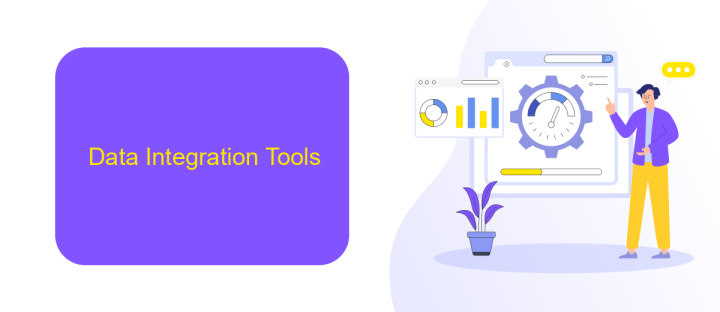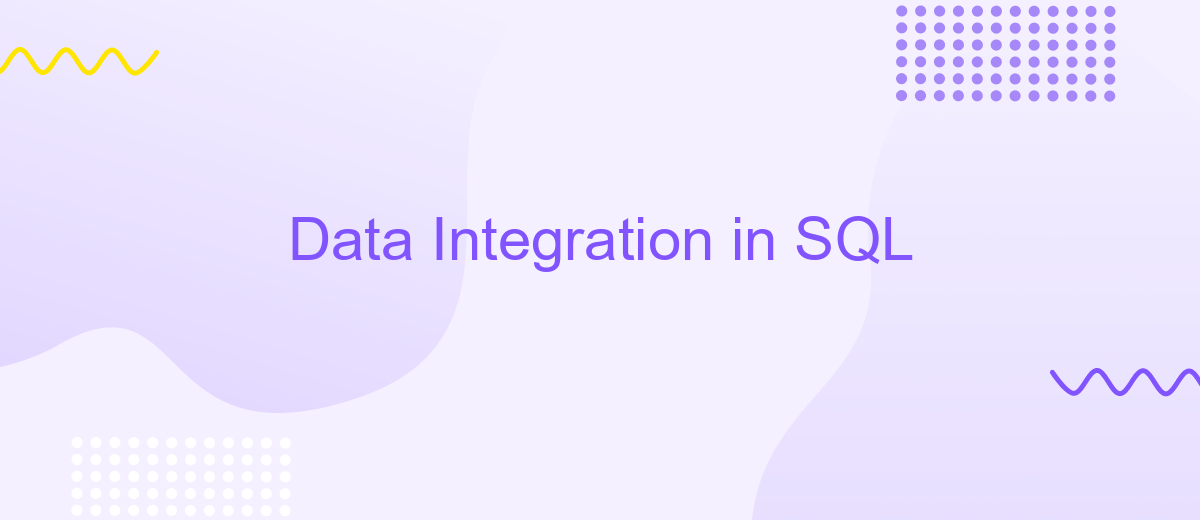Data Integration in SQL
Data integration in SQL is a crucial process for combining data from different sources into a unified view, enabling more efficient data analysis and decision-making. This article explores the fundamental techniques and best practices for integrating data within SQL databases, highlighting the importance of data consistency, accuracy, and accessibility in modern data-driven environments.
Data Integration Techniques
Data integration in SQL involves combining data from different sources into a unified view. This process is crucial for businesses to gain comprehensive insights and make informed decisions. Various techniques can be employed to achieve effective data integration.
- ETL (Extract, Transform, Load): This traditional method involves extracting data from different sources, transforming it into a suitable format, and loading it into a target database.
- Data Virtualization: This technique creates a virtual data layer, allowing users to access and query data without moving it from its original source.
- API Integration: Utilizing APIs to connect different systems and enable real-time data exchange. Tools like ApiX-Drive can simplify this process by providing pre-built connectors and automation capabilities.
- Data Replication: This method involves copying data from one database to another, ensuring consistency and availability across multiple systems.
Each technique has its own advantages and use cases, depending on the specific requirements of the integration project. For instance, ETL is suitable for batch processing, while API integration is ideal for real-time data synchronization. By selecting the appropriate method, businesses can ensure efficient and reliable data integration in their SQL environments.
Data Integration Tools

Data integration tools are essential for combining data from various sources into a single, unified view. These tools help streamline the process of data migration, transformation, and synchronization, ensuring that data is accurate, consistent, and up-to-date. Popular data integration tools include Talend, Informatica, and Microsoft SQL Server Integration Services (SSIS). These tools offer various features such as ETL (Extract, Transform, Load) capabilities, data quality management, and real-time data integration, making it easier for organizations to manage and analyze their data effectively.
One notable service in the realm of data integration is ApiX-Drive. ApiX-Drive simplifies the process of connecting different applications and automating data workflows without the need for coding. It supports a wide range of applications and services, allowing users to set up integrations quickly and efficiently. With ApiX-Drive, users can create custom workflows to transfer data between systems, schedule automated tasks, and monitor data flows in real-time. This makes it an excellent choice for businesses looking to enhance their data integration capabilities and streamline their operations.
Data Integration Challenges

Data integration in SQL presents numerous challenges that can complicate the process of combining data from disparate sources into a unified view. These challenges can impede the efficiency and accuracy of data integration efforts, making it crucial to address them effectively.
- Data Quality: Ensuring the accuracy, consistency, and completeness of data from different sources is a significant challenge.
- Schema Integration: Aligning different data schemas and resolving conflicts between them can be complex and time-consuming.
- Scalability: Managing and integrating large volumes of data efficiently requires robust infrastructure and optimization techniques.
- Real-time Integration: Achieving real-time data integration necessitates advanced tools and technologies to handle continuous data streams.
- Security and Compliance: Ensuring that data integration processes comply with regulatory requirements and maintain data security is essential.
To address these challenges, leveraging integration platforms like ApiX-Drive can be beneficial. ApiX-Drive offers automated data integration solutions that simplify the process of connecting various applications and databases. This platform helps ensure data quality, streamline schema integration, and support real-time data syncing, thereby enhancing the overall efficiency and reliability of data integration efforts.
Data Integration Best Practices

Effective data integration in SQL requires careful planning and execution to ensure data consistency, accuracy, and security. Start by defining clear objectives and understanding the data sources involved. This helps in designing an integration strategy that aligns with business goals.
Another crucial aspect is to maintain data quality throughout the integration process. This can be achieved by implementing data validation rules and regular audits. Utilize ETL (Extract, Transform, Load) tools to automate and streamline the data integration workflow.
- Ensure data consistency by establishing uniform data formats and standards.
- Use robust data mapping techniques to accurately transform data between systems.
- Implement security measures to protect sensitive information during data transfer.
- Regularly monitor and update your integration processes to adapt to changing requirements.
For seamless integration, consider using tools like ApiX-Drive, which offer automated data synchronization between various platforms. This not only saves time but also reduces the risk of human error. By adhering to these best practices, you can achieve a reliable and efficient data integration system in SQL.
Conclusion
In conclusion, data integration in SQL is a crucial aspect of modern data management, allowing organizations to consolidate disparate data sources into a unified view. This process enhances data accessibility, accuracy, and consistency, which are vital for informed decision-making. Effective SQL-based data integration requires a deep understanding of relational databases, ETL (Extract, Transform, Load) processes, and the ability to write complex queries that can handle large volumes of data efficiently.
Utilizing tools like ApiX-Drive can significantly streamline the integration process. ApiX-Drive offers a user-friendly interface for setting up data integrations without the need for extensive coding knowledge. It supports a wide range of data sources and provides automated workflows to ensure data is consistently synchronized. By leveraging such services, businesses can reduce the complexity and time associated with data integration, allowing them to focus on deriving actionable insights from their data. Overall, mastering data integration in SQL, complemented by robust tools like ApiX-Drive, can lead to more efficient and effective data management strategies.
FAQ
What is data integration in SQL?
What are common challenges in data integration?
How can I automate data integration processes?
What are the benefits of data integration?
How do I handle data from different sources with varying formats?
Do you want to achieve your goals in business, career and life faster and better? Do it with ApiX-Drive – a tool that will remove a significant part of the routine from workflows and free up additional time to achieve your goals. Test the capabilities of Apix-Drive for free – see for yourself the effectiveness of the tool.

